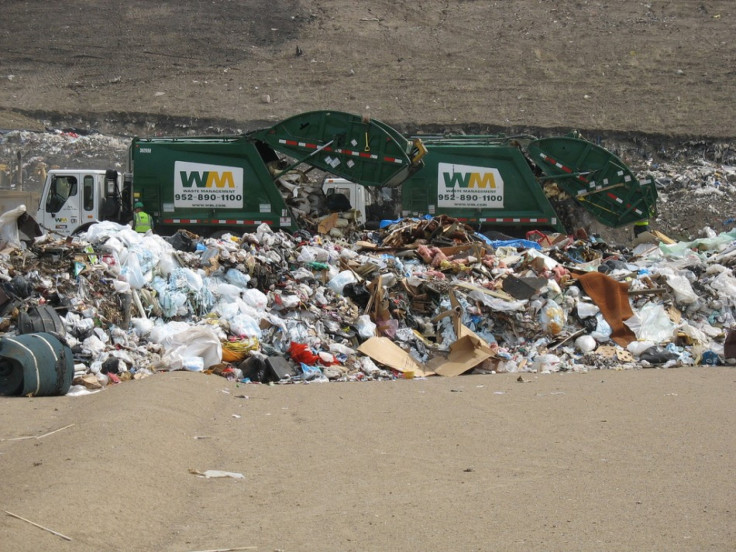E-Waste Rich In Silver And Gold, But Most Unrecovered, Experts Say

There's gold (and silver) in them thar discarded iPhones and iPads! The value of precious metals in thrown-away electronic gadgets and appliances is increasing by about $21 billion each year, experts said at a recent meeting on e-waste in Ghana.
But a lot of those riches aren't being put to any use. Electronic waste, or e-waste, contains 40 to 50 times more precious metals than ores taken from the ground, according to speakers at a conference organized by the United Nations University and the Global e-Sustainability Initiative.
But in rich and poor countries alike, less than 15 percent of the gold and silver in e-waste is recovered.
Rather than looking at e-waste as a burden, we need to see it as an opportunity, Alexis Vandendaelen of Belgium's Umicore Precious Metals Refining told the conference participants, according to a statement.
Experts at the meeting said more recycling and sustainable consumption efforts are necessary for consumers to keep using high-tech devices.
The lost wealth locked away in discarded cell phones, laptop computers and other electronic devices isn't the only problem with e-waste. Many trashed consumer electronics are exported to developing third world countries and are burned or processed in ways that can create environmental and health hazards.
Andre Habets of the Netherlands-based nonprofit NVMP Association, which represents more than 1,500 manufacturers and importers and advocates for proper recycling of e-waste, says all parties involved in generating e-waste need to take responsibility for it -- and if they don't do it voluntarily, the law should require them to act.
We commit a lot of effort to trying to ensure that the e-waste generated in our country remains here and is recycled here, and we advocate tough measures against the illegal export of e-waste, Habets said in a statement.
© Copyright IBTimes 2024. All rights reserved.











